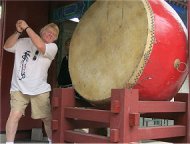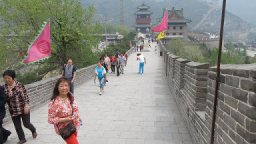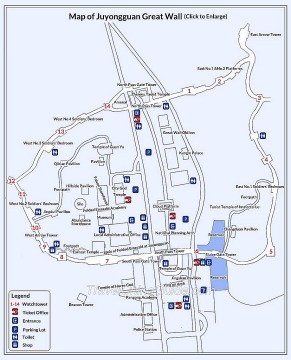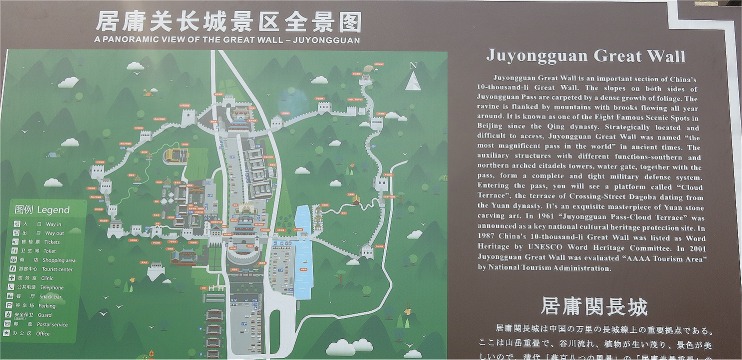 Juyongguan Great Wall is one of
the three most famous passes along the Great Wall of China, together with
Jiayuguan and Shanhaiguan. 60 km from downtown Beijing, Juyong Pass was
a solid stronghold encircling a valley, which was the northern direct access
to Beijing in ancient times.
Basic Facts of Juyongguan
Great Wall
Juyongguan Great Wall is one of
the three most famous passes along the Great Wall of China, together with
Jiayuguan and Shanhaiguan. 60 km from downtown Beijing, Juyong Pass was
a solid stronghold encircling a valley, which was the northern direct access
to Beijing in ancient times.
Basic Facts of Juyongguan
Great Wall
-
Situated in a valley surrounded
by mountains on two sides, it has long been a military stronghold.
-
It was first built in the
Spring and Autumn Period (770 – 476 BC) and Warring States Period (476
– 221 BC) by Yan State as a fortification, and was linked to the Great
Wall of China in the Southern and Northern Dynasties (386 – 589).
-
Zhu Yuanzhang, the first emperor
of the Ming Dynasty (1368 – 1644), ordered the pass to be rebuilt to protect
the northern borders from Mongol invasions. The extant pass was built then,
and renovated in 1992.
-
The mountain to the east is
the 150 meters high Cuiping Mountain, with 1,500 meters of wall on its
ridges. To the west is 351 meters Jingui Mountain, with 1,200 meters of
wall built on it. The walls on the two mountains look like giant arms cradling
the buildings of the valley.
-
The pass is roughly circular
with a perimeter of about 4,142 meters long. The widest point of the wall
is 16.7 meters, while the narrowest measures only 1.2 meters.
-
It consists of two gates,
one in the south and the other in the north, respectively called Nan (south)
Guan (gate) and Bei (north) Guan. Two high watchtowers were built at each
gate.
-
There is a high platform called
Cloud Platform in the center of the pass. It is a white marble construction.
There used to be buildings on top of the platform, but they were destroyed
by fire and only the marble base remains. An arched doorway penetrates
the platform. On the walls of the doorway, statues of four heavenly gods
and sutra scriptures were carved.
|



 ::
:: 
 :
: 

